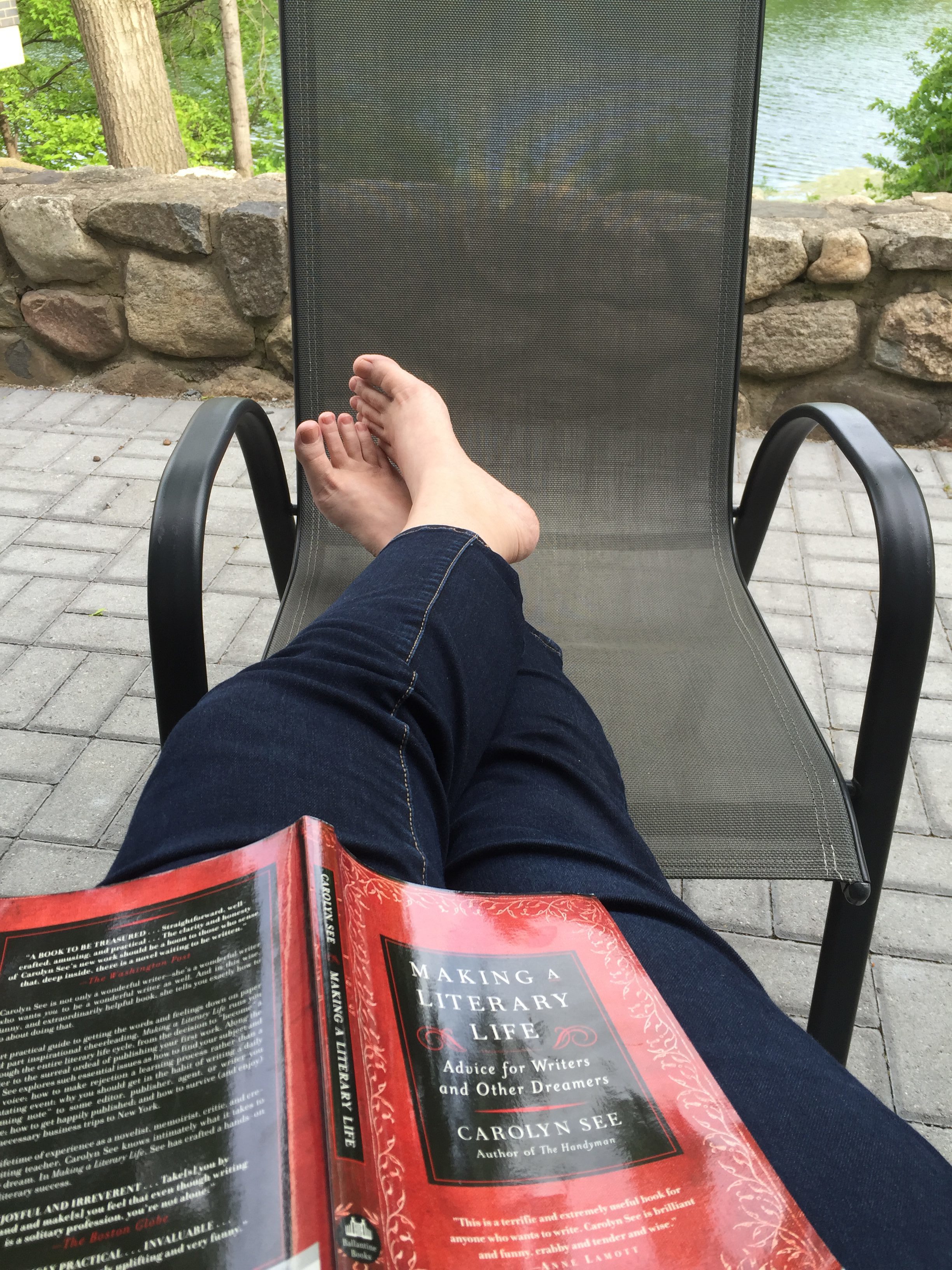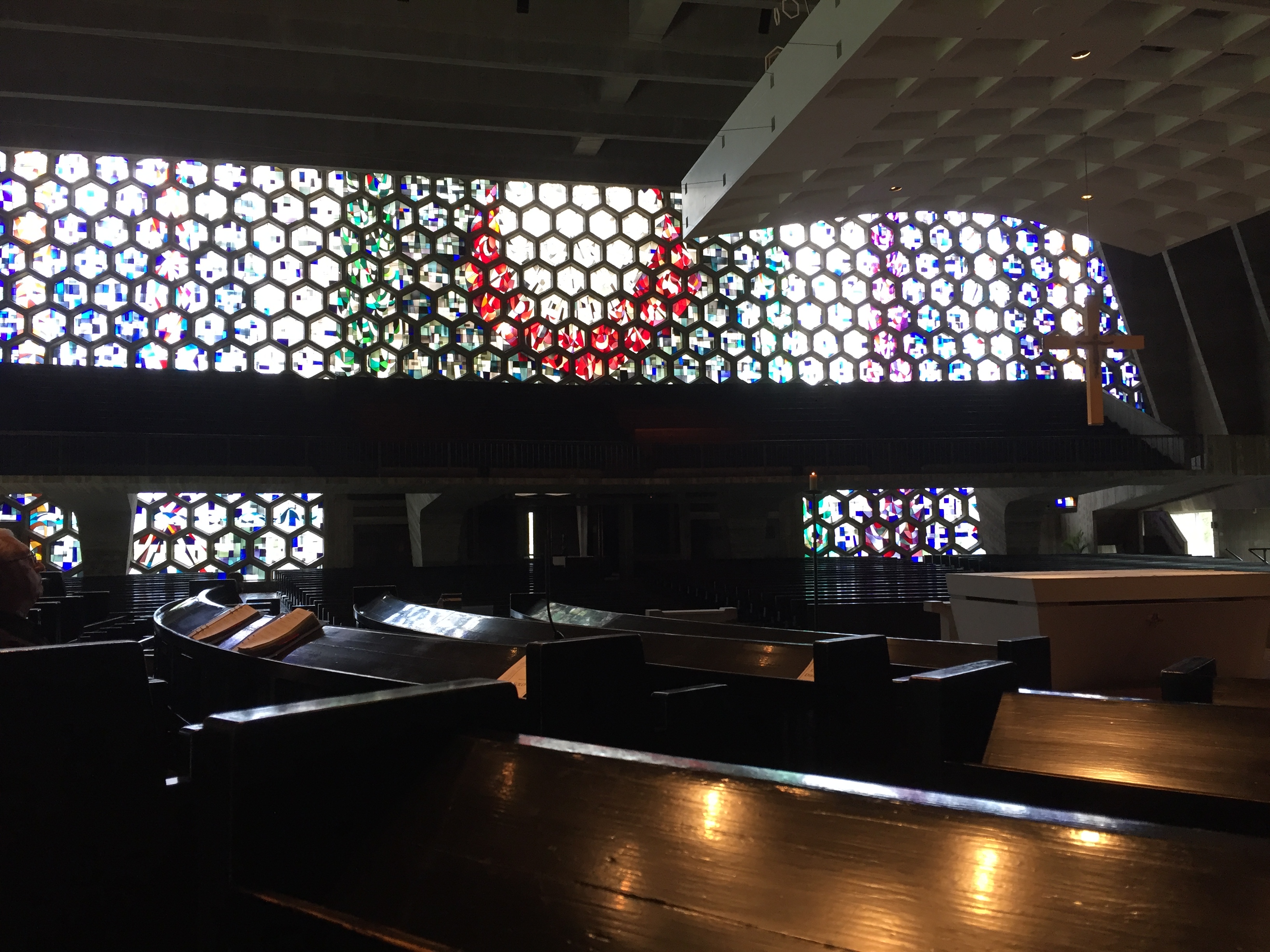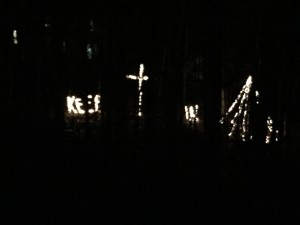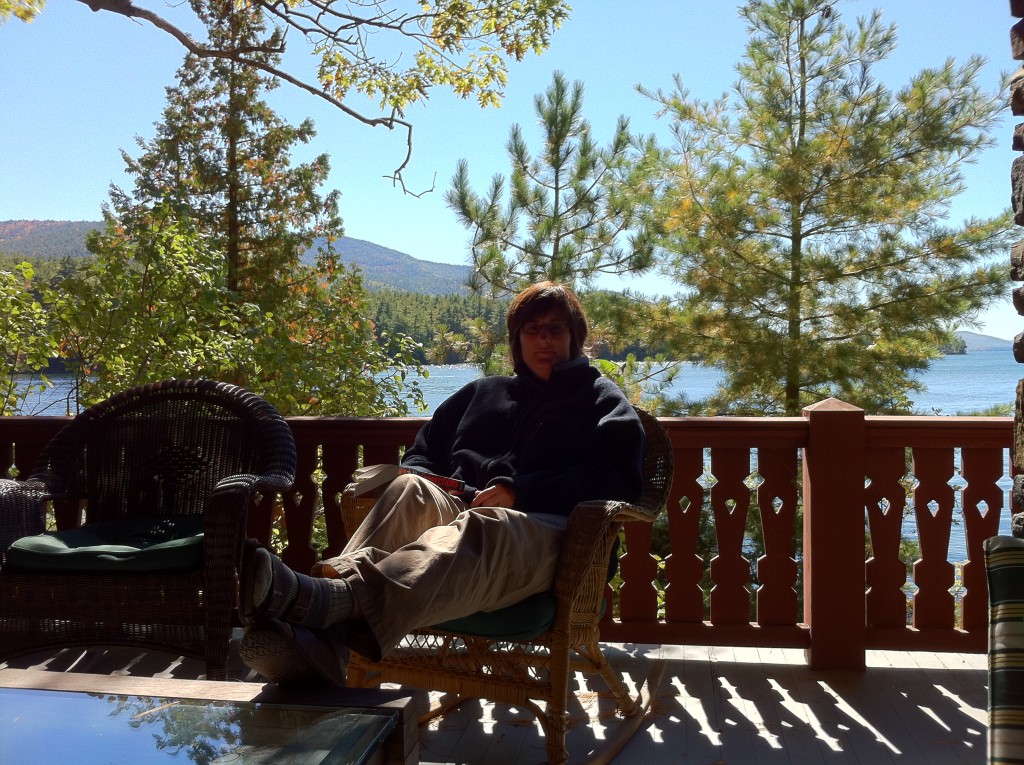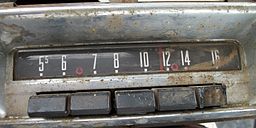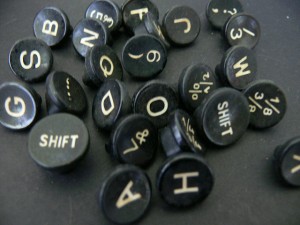[This summer’s Traveling Companions is a relaxed blog series telling stories about and highlighting songs/albums/artists that have accompanied me along the way. This is the third in the series; other posts are here and here.]
I used to drive a stretch of I75 in Kentucky, from Berea to Lexington. Listening to the radio on one of these drives, I heard a new voice singing, “Here I come, banging my broken drum…there will be no more standing in my own way.” I knew something about getting in my own way, blocking my own steps forward. The song and the singer’s strong, clear voice resonated. By the end of the track I was singing along, like it was my own manifesto. The radio station must have done a “twofer” because the next tune was the same gorgeous mystery voice, telling the humorous and heartfelt tale of waiting around on the next train to show up (“Time Between Trains”). With descriptions of boredom captured in the image of counting the ceiling tiles of the train station, the song is a metaphor for time in between loves, waiting on the next person to show up and feeling ready long before s/he comes around the bend.

If you have the opportunity to hear Werner play live, take it! She’s a superb performer and she plays great spots, like this (free!) outdoor summer concert in King of Prussia, PA. At the concert we attended this summer, she sang “La Vie en Rose” in flawless French.
I have been an evangelist for Susan Werner ever since. I haven’t yet introduced her to anyone who couldn’t appreciate her talent or didn’t like her and I’ve nurtured several fans almost as ardent as I am. (So beware, reader, of your iTunes behavior after reading this.) That first song I heard, ”Standing in My Own Way,” was written by Dana Cooper, but other than a few covers and her cover-concept album (Classics, which showcases her perceptive arranging talents), she falls squarely in the singer-songwriter camp. By that I mean she mostly writes her own music, though the style ranges from singer-songwriter/folk to Americana to pop to jazz standards to gospel to torch songs. She plays and composes on both guitar and piano, thought at one time she’d be an opera singer, and earned a master’s in voice from Temple University. The woman’s got range.
The same album – sometimes the same song – can go from hilariously irreverent to beautifully poignant. Her most recent album, Hayseed, includes “City Kids,” the revenge fantasy for farm kids who grew up jealous of the kids who lived in town, alongside her affectionate and cheeky tribute to her home state in “Iowa,” and the lovely and reflective words of advice to other young Iowans dreaming of pulling up stakes for the big city in “Something to be Said,” the chorus of which ends with “There’s something to be said for blooming where you are planted,” with “planted” landing in her lowest register, like a seed being pushed deep into the earth. An older album, New Non-Fiction, boasts another fine use of extended metaphor in the darkly funny and sweetly hopeful “Misery & Happiness,” in which lounge lizard womanizing Misery, “sings at the Hilton…sways his hips and smooths his hair back, winks at you and gets you thinking/ He’s handsome from a certain angle.” Misery “woos you when his show is over, buys you drinks and keeps you laughing while he’s looking down your shirt.” Over in the corner, good guy Happiness is keeping a watchful eye while he “doodles on a cocktail napkin and waits for you to figure out that you should really lose this loser,” saying, “call me when you want to come back home.”
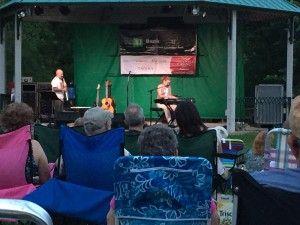
Piano, guitar…it’s all excellent.
To pick a favorite Susan Werner song would be an enterprise in frustration and never-ending “but then there’s…” so I won’t name just one. I will say “Barbed Wire Boys” (New Non-Fiction) is pretty near the perfect song. If I were teaching either a writing or songwriting workshop, we would start by listening to and looking at this song. It’s a tribute to and portrait of the men in the rural Iowa she “knew when [she] was coming up,” and though I’ve never been to Iowa and only fleetingly lived in rural communities as an outsider on an extended stay, one listen and I know who she means. “Barbed Wire Boys” is a complete short story in three minutes and twenty seconds.
Like any great writer, Werner’s language is precise and revealing, as she describes the men who “were sober as coffee in a Styrofoam cup” who “sat at the head of the table and prayed before meals/ Prayed an Our Father and that was enough/ Pray more than that and you couldn’t stay tough/ Tough as the busted thumbnails on the weathered hands/ They worked the gold plate off their wedding bands.” It’s a full moment, presiding at the head of the table, nodding to the depth of faith and family – but just a nod, no tears, no extraneous words. It’s a portrait of working class life, summed up in the detail of the “gold plate” worn off the wedding ring by hard, continuous, feed-his-family work.
Looking back on a childhood surrounded by barbed wire boys, the adult Werner wonders about the dreams these men may have had for life and considers their unexpressed deepest hopes “beat[ing] like bird’s wings in the cage of their chest.” It’s a love song at heart, for a place and a people and a way of life she took for granted as a child and sees differently now. It’s an ode of deep appreciation and hero worship for the overlooked men who “[held] up the sky” and made way for dreamers and artists like Werner:
And now one by one they’re departing this earth
And it’s clear to me now ‘xactly what they’re worth
Oh they were just like Atlas holding up the sky
You never heard him speak, you never saw him cry
But where do the tears go, that you never shed
Where do the words go, that you never said
Well there’s a blink of the eye, there’s a catch in the voice
That is the unsung song
Of the barbed wire boys
If you haven’t heard it yet, you can listen here to a live version that’s a bit more slowly and reflectively paced than the recorded version on the album. At first I preferred the tighter, faster recorded version but each has its merits and the song itself is so utterly perfect it shines through each arrangement.
I hope you enjoy it and the unfolding journey of getting to know Susan Werner’s music. She’s worth the trip.
*
[A note on the text, or, How I Wrote Something and Then Completely Disregarded It: Yes, my previous post was about how I was going to forge ahead into the one space world and try to curb my many-decades worth of two-spaced typing after sentences. I’m still trying to change that but, after a nice break from writing and work, traveling to see family and Susan Werner, I completely forgot about that goal until this very moment as I had it all uploaded and ready to publish. So, I won’t go back and painstakingly take out the extra spaces. I’m a work in progress.]
